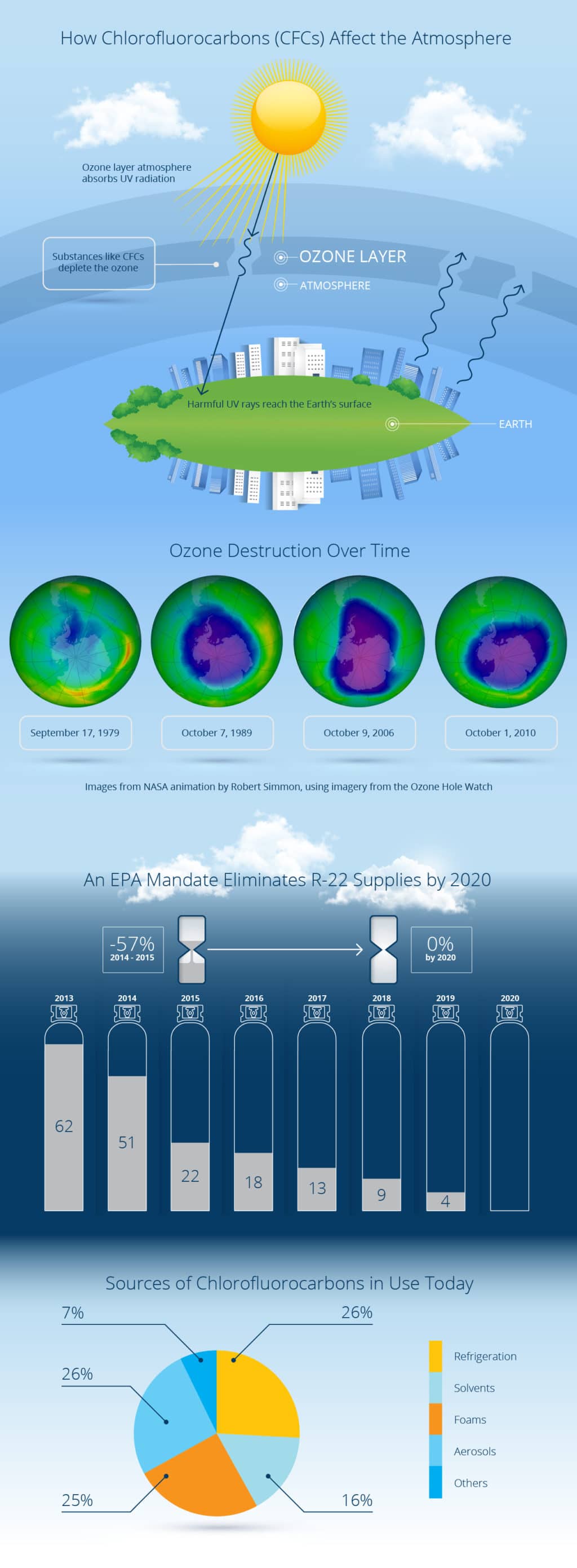The Future Of Home Home Heating - Just How Heatpump Technology Is Developing
The Future Of Home Home Heating - Just How Heatpump Technology Is Developing
Blog Article
Published By-Rosenthal Stack
Heatpump will be an important modern technology for decarbonising heating. In ducted heat pump service with governments' announced power and environment commitments, their global ability doubles by 2030, while their share in home heating rises to one-quarter.
They work best in well-insulated homes and rely upon electrical power, which can be supplied from a sustainable power grid. Technological breakthroughs are making them much more reliable, smarter and cheaper.
Gas Cells
Heat pumps make use of a compressor, cooling agent, coils and fans to move the air and heat in homes and appliances. They can be powered by solar power or electricity from the grid. They have been acquiring popularity due to their inexpensive, silent operation and the capability to produce power during peak power need.
Some companies, like IdaTech and BG MicroGen, are working on gas cells for home heating. These microgenerators can change a gas boiler and generate some of a home's electric demands with a link to the electrical power grid for the remainder.
But there are link webpage to be skeptical of using hydrogen for home heating, Rosenow states. It would be costly and ineffective compared to various other innovations, and it would certainly include in carbon discharges.
Smart and Connected Technologies
Smart home technology permits homeowners to link and manage their tools from another location with making use of smart device applications. As an example, wise thermostats can learn your heating preferences and automatically get used to optimize power intake. Smart illumination systems can be regulated with voice commands and automatically shut off lights when you leave the room, decreasing energy waste. And wise plugs can keep an eye on and handle your electrical use, enabling you to recognize and limit energy-hungry devices.
The tech-savvy home depicted in Carina's interview is a great image of exactly how owners reconfigure room home heating techniques in the light of new smart home modern technologies. They depend on the gadgets' computerized attributes to perform everyday modifications and regard them as a convenient methods of conducting their home heating methods. As such, they see no reason to adapt their methods even more in order to enable flexibility in their home energy demand, and interventions targeting at doing so may encounter resistance from these homes.
Electrical energy
Given that heating homes make up 13% people emissions, a button to cleaner options could make a huge difference. But the technology deals with obstacles: It's expensive and requires considerable home restorations. And upholstery cleaning westmelton 's not constantly compatible with renewable energy resources, such as solar and wind.
Up until lately, electrical heat pumps were too pricey to compete with gas designs in a lot of markets. But brand-new innovations in design and products are making them extra affordable. And better cool climate efficiency is allowing them to function well even in subzero temperature levels.
The following action in decarbonising home heating may be using heat networks, which draw heat from a main resource, such as a neighboring river or sea inlet, and distribute it to a network of homes or buildings. That would lower carbon emissions and permit households to make use of renewable energy, such as environment-friendly electrical energy from a grid supplied by renewables. This option would be less costly than switching over to hydrogen, a nonrenewable fuel source that calls for brand-new framework and would just minimize carbon dioxide emissions by 5 percent if coupled with boosted home insulation.
Renewable resource
As electrical power prices drop, we're starting to see the very same fad in home heating that has driven electric cars into the mainstream-- however at an also quicker pace. The solid environment situation for impressive homes has actually been pushed further by brand-new research.
Renewables represent a significant share of modern warmth usage, but have actually been provided restricted plan interest internationally contrasted to various other end-use sectors-- and even less interest than electrical energy has. Partially, this reflects a mix of customer inertia, split motivations and, in lots of nations, aids for nonrenewable fuel sources.
New modern technologies can make the shift much easier. For instance, heatpump can be made much more energy effective by replacing old R-22 refrigerants with new ones that do not have the high GWPs of their predecessors. Some professionals likewise imagine area systems that attract warmth from a neighboring river or sea inlet, like a Norwegian arm. The cozy water can then be made use of for heating and cooling in a community.